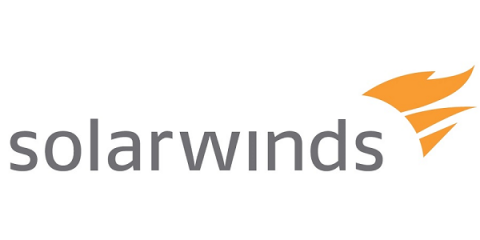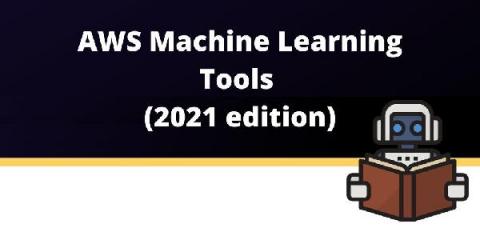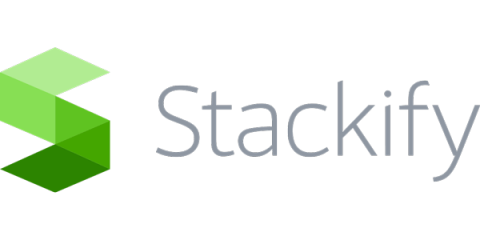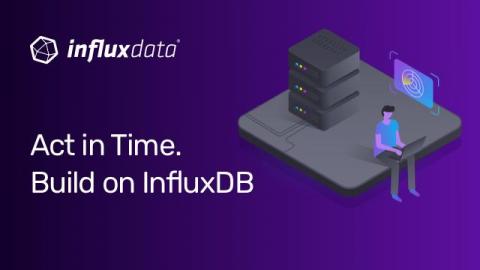Operations | Monitoring | ITSM | DevOps | Cloud
Monitoring
The latest News and Information on Monitoring for Websites, Applications, APIs, Infrastructure, and other technologies.
Application-Centric and Database-Centric Monitoring: Why You Need Both
AWS Machine Learning Tools (2021 edition)
When you want to stay ahead and on top of things in a fast-moving industry, machine learning (ML) is surely one of the trending solutions. Today, innovative companies already have leading Machine Learning tools well-integrated into their processes. In comparison, your start could seem dreadfully slow. Or maybe you just don’t have the time or resources to invest in running your own Machine Learning training infrastructure.
If one public cloud is good, are multiple public clouds better?
Virtana recently published the results of a new State of Hybrid Cloud survey. One of the findings is that 81% of companies in the study who have started their migration to the public cloud have engaged multiple providers. This result tallies with a recent Gartner survey of public cloud users, in which 81% of those respondents said they are working with two or more providers.
Two Major Industry Awards Confirm ChaosSearch's Growing Role in Enterprise Cybersecurity
Python Optimization: 3 Easy Steps
Python is one of the best programming resources available for designing machine learning systems. With a variety of technical abilities and potentially time-saving loops and processes, it can be an invaluable tool. However, it’s these capabilities that also make Python difficult to use. In many cases, Python may seem sluggish as it tries to navigate intricate, complicated strings of code.
Help Wanted: New Remote Work Roles Blur Lines b/n IT & HR
Fair warning, I tried to avoid using the obligatory good news, bad news opener for this article, but I couldn’t help myself. It’s just that we sort of are living in the age of good news, bad news. Especially when it comes to IT support and remote work. So here it goes. First, the good news: If you work in IT support, your colleagues need your expertise now more than ever before.
Getting Started with Time Series Data Science
Are you interested in performing time series forecasting or anomaly detection, but you don’t know where to start? If so, you’re not alone. There is an overwhelming variety of libraries, algorithms, and workflow recommendations for these tasks. As a Developer Advocate at InfluxDB, the leading time series database, I’ve researched time series data science methodologies and best practices for forecasting and anomaly detection.
Solving Metrics at scale with VictoriaMetrics
Painless Kubernetes monitoring and alerting
Kubernetes is hard, but lets make monitoring and alerting for Kubernetes simple! At iLert we are creating architectures composed of microservices and serverless functions that scale massively and seamlessly to guarantee our customers uninterrupted access to our services. As many others in the industry we are relying on Kubernetes when it comes to the orchestration of our services.











